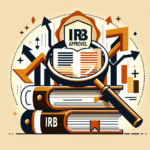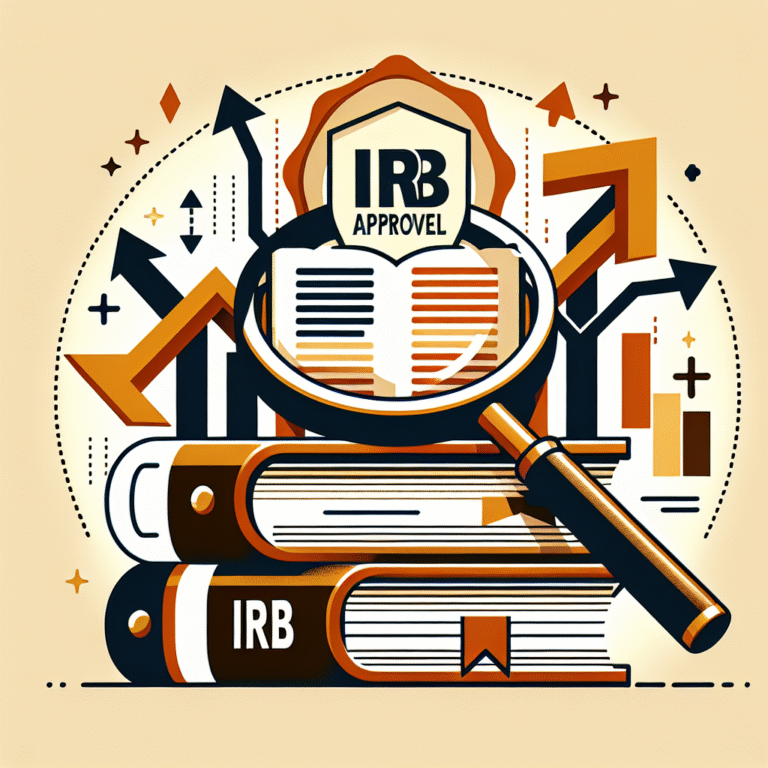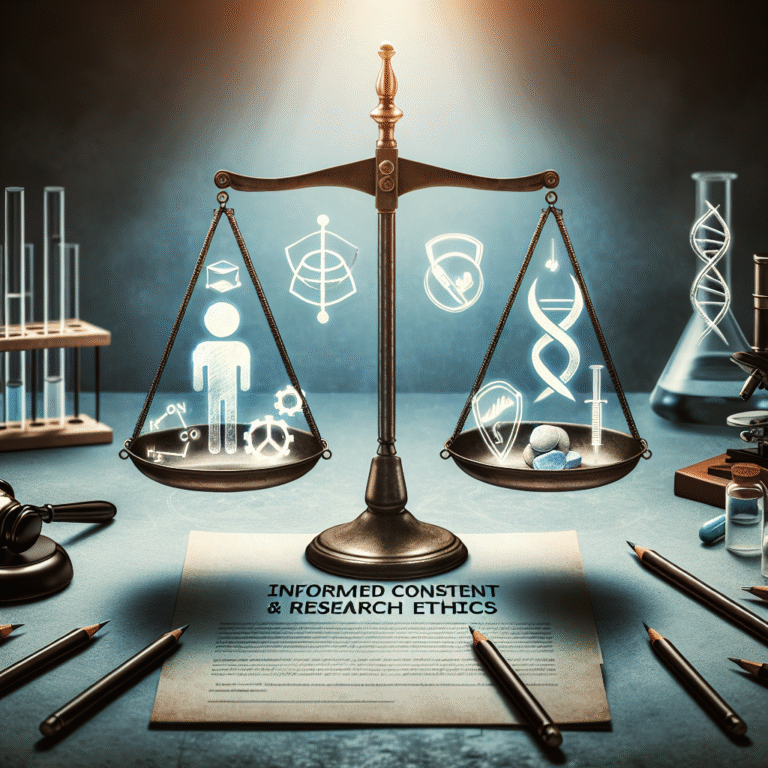
Introduction
Imagine embarking on a journey into the world of research without fully grasping the fundamental concepts that drive your inquiries. For those aspiring to become researchers, understanding the concepts of dependent and independent variables is as crucial as knowing the compass points for travelers. The distinction between these two types of variables is not only pivotal for setting up experiments but also essential for analyzing data and drawing meaningful conclusions. This article, Dependent vs. Independent Variables: A Breakdown for Aspiring Researchers, will deconstruct these essential elements, ensuring your path to research mastery is clear and insightful.
What Are Variables in Research?
Before delving into the specifics of dependent and independent variables, let’s establish what variables are in the context of research. A variable is any characteristic, number, or quantity that can be measured or counted. Variables are vital in research as they allow researchers to examine relationships, build models, and draw conclusions based on observations.
Types of Variables
In the realm of variables, there are numerous categories, but for our purpose, we will focus primarily on two: dependent and independent.
Independent Variables: These are the variables that researchers manipulate or control. They are considered the "cause" factor in an experiment.
- Dependent Variables: In contrast, these variables are what researchers measure and observe in response to the changes in the independent variable. They represent the "effect" in an experiment.
A Closer Look at Independent Variables
Definition and Characteristics
The independent variable is the factor you change to observe how it affects the dependent variable. For instance, if you are studying the impact of study techniques on test scores, the type of study technique used would be your independent variable.
Characteristics of Independent Variables:
- Controlled: Researchers set the levels of the independent variable.
- Manipulated: There can be different forms or levels to study different outcomes.
Real-World Example: Studying the Effect of Diet on Weight Loss
Imagine a nutritionist conducting a study to determine whether a low-carb diet leads to more significant weight loss compared to a low-fat diet. Here, the type of diet (low-carb or low-fat) is the independent variable.
- Independent Variable: Type of Diet (Low-Carb vs. Low-Fat)
Case Study Analysis: In this study, the nutritionist would manipulate which group of participants follows which diet, measuring the resultant weight changes over a set period. Such clear manipulation of the independent variable results in quantitative measurements that researchers can analyze.
Table 1: Example of Independent Variables
| Study Topic | Independent Variable |
|---|---|
| Impacts of Music on Sleep | Type of Music (Classical vs. Rock) |
| Effects of Exercise on Mood | Type of Exercise (Yoga vs. Weightlifting) |
| Influence of Temperature on Plant Growth | Temperature Levels (Cold vs. Warm) |
A Closer Look at Dependent Variables
Definition and Characteristics
The dependent variable is the outcome that is measured in an experiment, typically influenced by the independent variable. It reflects the change and serves as the foundation for analyzing results.
Characteristics of Dependent Variables:
- Measured: Unlike independent variables, these are recorded and analyzed.
- Outcome-oriented: They indicate the effect of variations in independent variables.
Real-World Example: Monitoring Student Performance
Consider a study focused on the relationship between study habits and their impact on student performance. Here, the dependent variable could be the students’ exam scores.
- Dependent Variable: Exam Scores of Students
Case Study Analysis: By gathering data on students’ scores after implementing varied study methods, researchers can evaluate which habits lead to better academic performance, highlighting the dependence of exam scores on the chosen study technique.
Table 2: Example of Dependent Variables
| Study Topic | Dependent Variable |
|---|---|
| Effects of Sleep on Productivity | Productivity Levels (Measured Output) |
| Influence of Exercise on Blood Pressure | Blood Pressure Readings |
| Relationship Between Ads and Sales | Sales Volume |
How to Identify Dependent and Independent Variables
Identifying dependent and independent variables is crucial for any research design. Here are a few tips to help you determine which is which:
Ask the Right Questions: What are you manipulating? What are you measuring? This approach helps unravel the roles of variables.
Think Cause and Effect: Always consider the independent variable as the cause and the dependent variable as the effect in your research context.
- Visualize: Creating diagrams or flowcharts can help visually distinguish between the two types of variables.
The Relationship Between Dependent and Independent Variables
Understanding how dependent and independent variables interact is essential for aspiring researchers. A classic method for illustrating their relationship is through causational studies.
Causation vs. Correlation
It’s vital to differentiate between causation and correlation. Just because two variables interact does not imply one causes the other.
- Causation: An independent variable directly affects the dependent variable.
- Correlation: Both variables may change in relation to each other without one necessarily influencing the other.
Case Study Analysis: Ice Cream and Drowning
A common example to clarify this distinction is the correlation between ice cream sales and drowning incidents. Research might show that both increase during summer months. However, ice cream sales don’t cause drownings; they both correlate with rising temperatures.
Practical Application of Variables in Research
Conducting an Experiment
Every aspiring researcher must practice manipulating independent variables to observe their effects on dependent variables. Establishing clear hypotheses is essential.
Example Hypothesis: "Increasing study time will lead to higher exam scores."
Flow of Research
Define your Hypothesis: Clearly state what you expect to find.
Identify Variables: Pinpoint your independent and dependent variables.
Gather Data: Collect data based on your defined variables.
Analyze Results: Assess the relationship between the independent and dependent variables through statistics.
- Draw Conclusions: Interpret the findings to understand causation or correlation.
Visualizing Relationships through Charts
Different methods such as scatter plots and bar graphs can help articulate the relationship between dependent and independent variables effectively.
Example Chart: Study Hours vs. Exam Scores
| Study Hours | Exam Scores |
|---|---|
| 1 | 60 |
| 2 | 75 |
| 3 | 85 |
| 4 | 90 |
Analysis of the Chart
By analyzing the data indicated in the chart, researchers can visualize trends, observe patterns, and predict outcomes based on varying study hours, solidifying the connection between the independent variable (study hours) and the dependent variable (exam scores).
Conclusion
Understanding dependent and independent variables is not merely a foundational aspect of research; it’s the bedrock upon which all scientific inquiry is built. As you progress on your research journey, recognizing how these variables interact will empower you to craft compelling hypotheses, conduct meaningful analysis, and yield insightful conclusions. With a robust grasp of their roles, you’ll be better equipped to navigate the complexities of your research initiatives.
Embrace the adventure of research, remain curious, and remember: every experiment is a stepping stone toward deeper understanding. As you dive deeper into the realms of inquiry, let Dependent vs. Independent Variables: A Breakdown for Aspiring Researchers serve as your guide.
FAQs
What is the primary difference between dependent and independent variables?
The independent variable is manipulated to observe effects on the dependent variable, which is measured.Can there be more than one independent or dependent variable in a study?
Yes, studies can involve multiple independent or dependent variables, but clarity in hypotheses is critical for analysis.How can I easily identify independent and dependent variables?
Focus on what you are changing (independent) and what you are measuring (dependent) in your research.Do all studies require the identification of these variables?
Most empirical research studies benefit from having clear independent and dependent variables to provide structure for analysis.- Is there a correlation between independent and dependent variables in all cases?
Not always. While they may influence each other, causation should not be assumed without proper investigation.
By mastering these concepts, you are setting yourself up not just for success in research but also for a profound understanding of the scientific method itself.
















